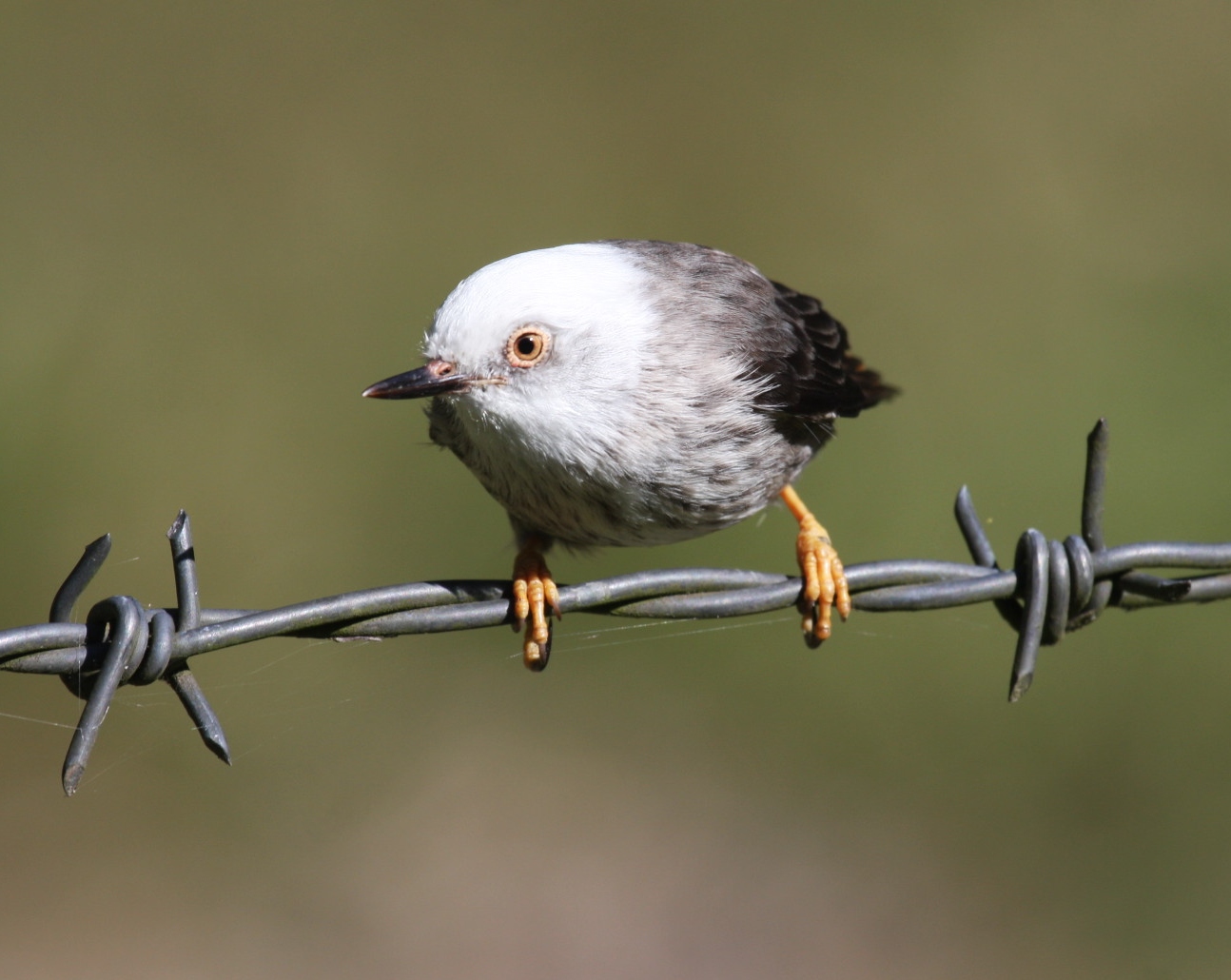Varied Sittella on:
[Wikipedia]
[Google]
[Amazon]
The varied sittella (''Daphoenositta chrysoptera'') is a small, around 10–11 cm long,

BirdLife Species Factsheet
songbird
A songbird is a bird belonging to the suborder Passeri of the perching birds (Passeriformes). Another name that is sometimes seen as the scientific or vernacular name is Oscines, from Latin ''oscen'', "songbird". The Passeriformes contains 500 ...
native to Australia
Australia, officially the Commonwealth of Australia, is a Sovereign state, sovereign country comprising the mainland of the Australia (continent), Australian continent, the island of Tasmania, and numerous List of islands of Australia, sma ...
. It is also known as the Australian nuthatch, orange-winged sittella and the barkpecker.
Taxonomy
The varied sittella was first described by the English ornithologist John Latham in 1801 under thebinomial name
In taxonomy, binomial nomenclature ("two-term naming system"), also called nomenclature ("two-name naming system") or binary nomenclature, is a formal system of naming species of living things by giving each a name composed of two parts, bot ...
''Sitta chrysoptera''. The generic name ''Daphoenositta is'' derived from Greek
Greek may refer to:
Greece
Anything of, from, or related to Greece, a country in Southern Europe:
*Greeks, an ethnic group.
*Greek language, a branch of the Indo-European language family.
**Proto-Greek language, the assumed last common ancestor ...
''daphoinos''/δαφοινός, 'blood-red, tawny' and ''sittē'', a bird like a woodpecker mentioned by Aristotle. The specific name ''chrysoptera'' is from Greek ''khrusopteros''/χρυσό-πτερος, 'golden-winged'.
This species inhabits a broad range, and its appearance changes depending on its location, hence the name varied sittella. There are five subspecies:
* ''D. c. leucoptera'' (Gould, 1840) - northwest to north-central Australia (white-winged sitella)
* ''D. c. striata'' (Gould, 1869) - northeast Australia (streaked sitella)
* ''D. c. leucocephala'' (Gould, 1838) - east Australia (white-headed sitella)
* ''D. c. chrysoptera'' (Latham, 1801) - southeast Australia (orange-winged sitella)
* ''D. c. pileata'' (Gould, 1838) - southwest, west-central, central and south Australia (black-capped sitella)
Description
Itscrown
A crown is a traditional form of head adornment, or hat, worn by monarchs as a symbol of their power and dignity. A crown is often, by extension, a symbol of the monarch's government or items endorsed by it. The word itself is used, partic ...
and head can be white, grey or black, and its body is either whitish or grey often streaked with black and grey. Its wings are black, with a broad bar in either white or cinnamon. The iris is dark orange, and the eye-ring legs and feet are orange-yellow. The beak is orange with a black tip that can extend as far as the base. Colouration completely depends on the subspecies, and certain subspecies are known to hybridize. In the future some subspecies may become species in their own right.
Behaviour
Flocks of these birds forage in trees of all heights, often descending erratically down the trunks in a rathernuthatch
The nuthatches () constitute a genus, ''Sitta'', of small passerine birds belonging to the family Sittidae. Characterised by large heads, short tails, and powerful bills and feet, nuthatches advertise their territory using loud, simple songs. Mo ...
-like fashion. Their diet consists of spiders and insects usually prised from beneath the bark.Morcombe, Michael (2012) Field Guide to Australian Birds. Pascal Press, Glebe, NSW. Revised edition.
Calls are a thin, high-pitched ''chwit'' becoming the louder, metallic ''tchweit-tchweit-tchweit'' of many birds combining in a constant call-and-response as they move towards another tree.
In spring and summer (August to October in the north; September to December in the south), larger flocks break up into smaller breeding flocks typically composed of a breeding pair, along with several unmated adults and immatures from the previous season. The nest is cone-shaped, made of bark, fibres and spider-webs, and placed 5 to 25 m above ground in the fork of a branch or on an exposed limb. A clutch of 2 or 3 blue-spotted white eggs, measuring , is incubated by the female for 18 to 20 days.
References
Other sources
* Simpson, K. & Day, N. (1993) Field Guide to the Birds of Australia () * del Hoyo, J.; Elliot, A. & Christie D. (editors). (2007). ''Handbook of the Birds of the World
The ''Handbook of the Birds of the World'' (HBW) is a multi-volume series produced by the Spanish publishing house Lynx Edicions in partnership with BirdLife International. It is the first handbook to cover every known living species of bird. T ...
''. Volume 12: Picathartes to Tits and Chickadees. Lynx Edicions.
External links
BirdLife Species Factsheet
varied sittella
The varied sittella (''Daphoenositta chrysoptera'') is a small, around 10–11 cm long, songbird native to Australia. It is also known as the Australian nuthatch, orange-winged sittella and the barkpecker.
Taxonomy
The varied sittella was fi ...
Birds of Australia
varied sittella
The varied sittella (''Daphoenositta chrysoptera'') is a small, around 10–11 cm long, songbird native to Australia. It is also known as the Australian nuthatch, orange-winged sittella and the barkpecker.
Taxonomy
The varied sittella was fi ...
{{corvoidea-stub